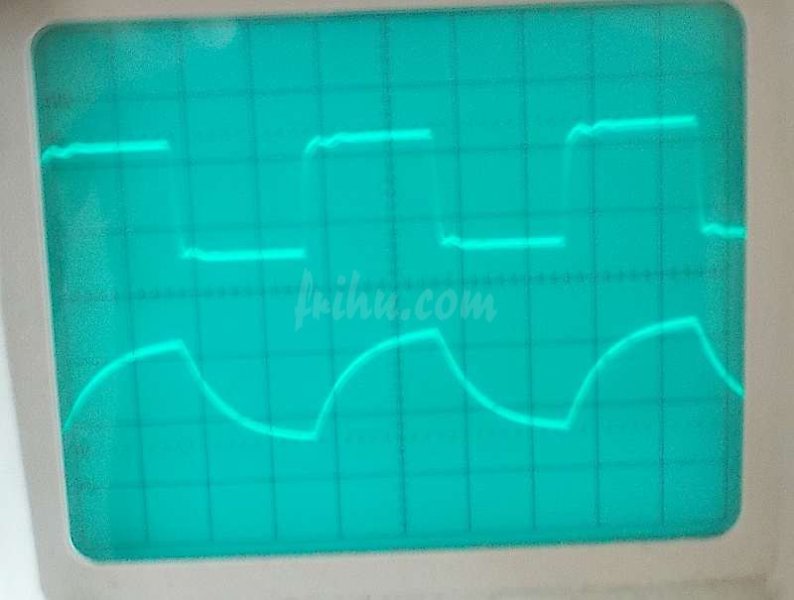Which amplifier topology, solid-state or tube, has less group delay?
I'm sure the answer is: "it depends."
On what does it depend?
What tube circuit design might have less group delay than a transistor design?
What transistor circuit design might have less group delay than a tube design?
Do SET amplifiers have less or more group delay than complex, multi-output tube, push-pull amplifiers?
I'm sure the answer is: "it depends."
On what does it depend?
What tube circuit design might have less group delay than a transistor design?
What transistor circuit design might have less group delay than a tube design?
Do SET amplifiers have less or more group delay than complex, multi-output tube, push-pull amplifiers?
Last edited:


















